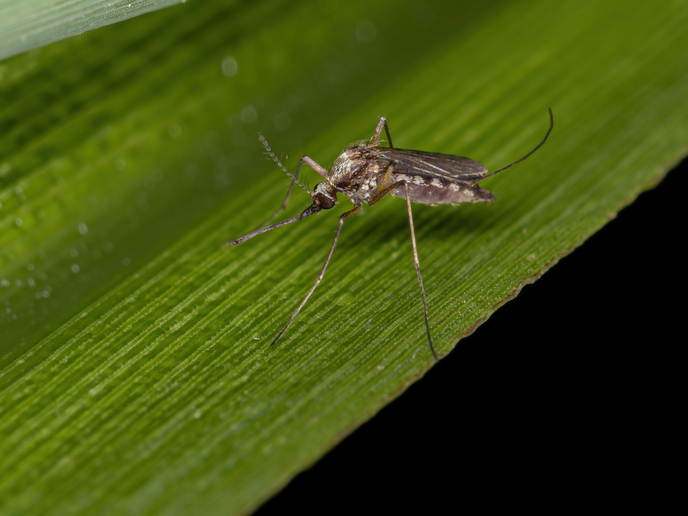Finding the genetic path to nematode infection resistance
The EC-funded GENESHEEPSAFETY project used a series of genetic approaches to ensure quality and safety of the sheep food product chain. Project partners specialising in different aspects of sheep breeding and physiology, and genotyping worked together to improve the quality traits of sheep-based products. One of the specific areas that project partners focused on was the genetic characteristics of nematode resistance in the Blackface sheep population. These characteristics can be found as a result of what are termed quantitative trait loci (QTL), areas of genes responsible for specific characteristics. The Roslin Institute collected data from 789 animals over a 3-year period. The animals were exposed to nematode endoparasitic infection by grazing. Following genetic analysis, QTL evidence was identified on chromosomes 2, 3, 14 and 20. Although not conclusive, these new studies are the strongest indication of the genetic involvement in nematode resistance in sheep. Validating these data in commercial breeds and developing marker panels was the subsequent step. Communicating the data back to the farmers will allow use of those animals with the more favourable genotype.







